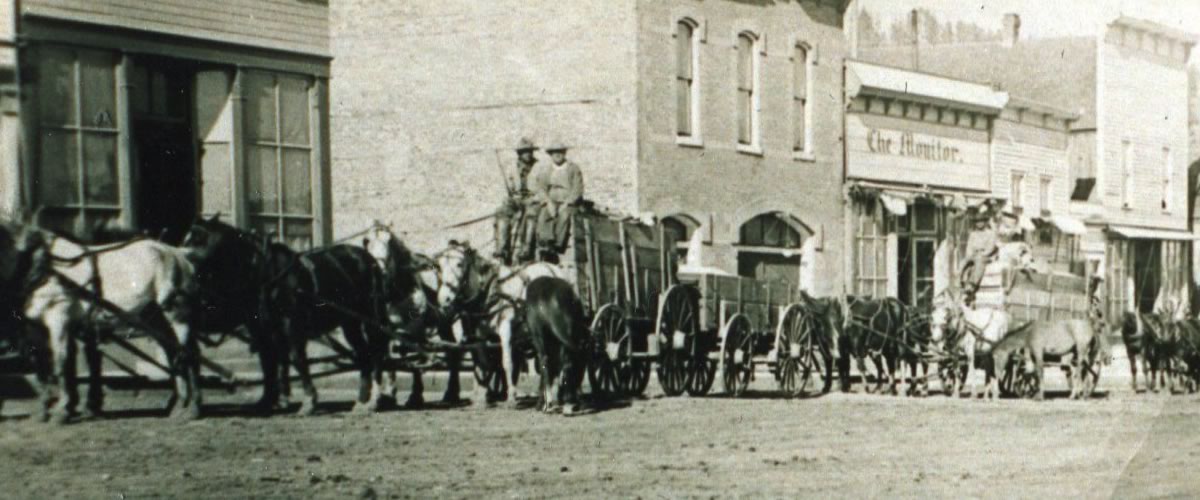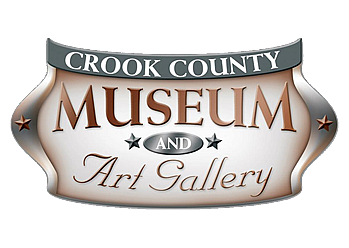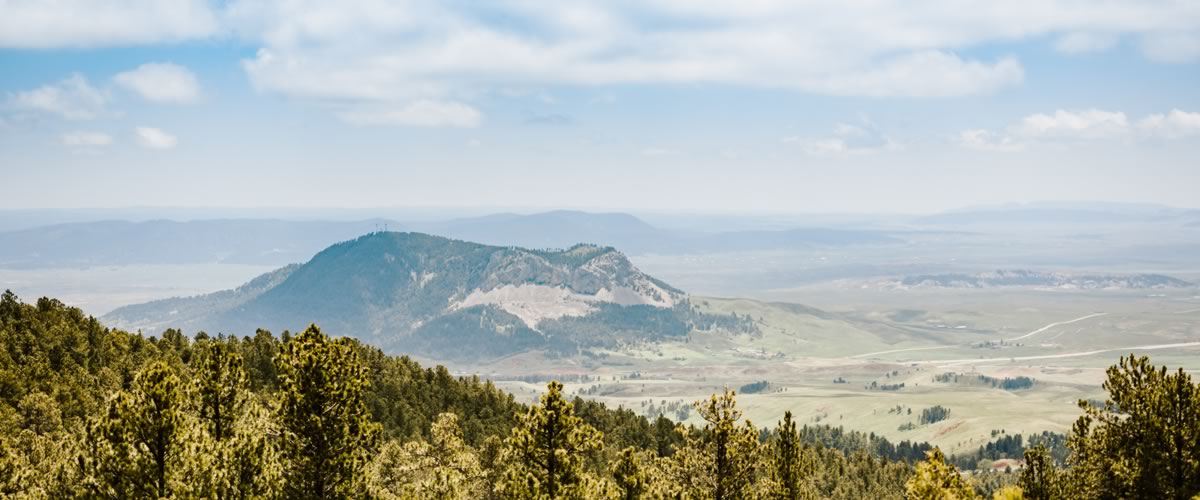Exploring the Untamed Wilderness
In 1874, General George Armstrong Custer led an expedition through the Black Hills of Wyoming and South Dakota, a region that was sacred to the Lakota Sioux. While the official goal of the mission was to map the terrain and evaluate its resources, it was widely believed that Custer and his men were also searching for gold—a discovery that would ultimately fuel conflict between settlers and Native American tribes.
The expedition consisted of over 1,000 men, including soldiers, geologists, surveyors, and journalists, along with 110 wagons and more than 1,500 horses and mules. They traveled deep into the Black Hills, documenting the landscape and its resources, while also recording evidence of Native American encampments along the way. The most controversial moment came when gold was indeed discovered near French Creek, South Dakota, igniting a gold rush that would forever alter the region’s history.
The presence of the U.S. military in the Black Hills violated the 1868 Treaty of Fort Laramie, which had granted the area exclusively to the Lakota Sioux. The influx of miners and settlers that followed led to increased tensions, eventually culminating in the Great Sioux War of 1876, which included the infamous Battle of the Little Bighorn—Custer’s last stand.

A Glimpse into the Expedition
The Crook County Museum houses an extraordinary miniature display of the 1874 expedition, offering a detailed and immersive look into this historic journey. This intricate exhibit features:
-
Over 110 handcrafted figures depicting soldiers, scouts, and Native American observers.
-
Realistic horse-drawn wagons, tents, and period-accurate weapons showcasing the expedition’s supplies and survival strategies.
-
Detailed terrain modeling that highlights the challenging landscapes navigated by Custer and his men.
-
Historical documents and maps from the expedition, providing insight into the records kept by Custer and his surveyors.
Through this meticulously designed display, visitors can step back in time and witness the drama, tension, and historical significance of this pivotal moment in American history. The expedition’s impact echoes through time, serving as a turning point in U.S. and Native American relations that shaped the future of the West.
⛏ Step back in time and witness this pivotal moment in history!

